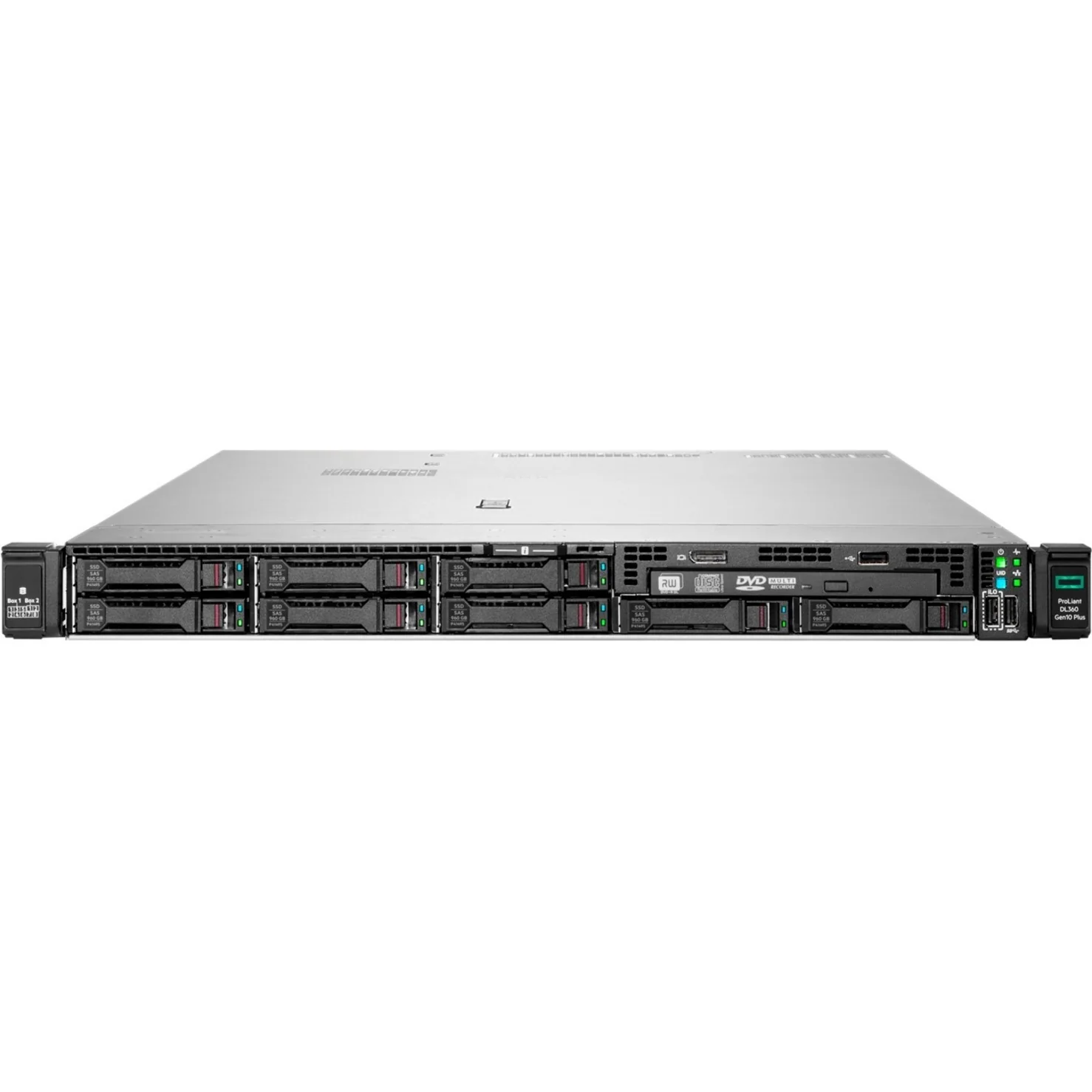memória ddr4 vs ddr3
A memória DDR4 representa um avanço significativo em relação ao seu predecessor, DDR3, oferecendo melhorias substanciais em desempenho, eficiência e confiabilidade. Operando em velocidades mais altas que variam de 2133 MHz a 4800 MHz, comparadas aos 800-2133 MHz da DDR3, a DDR4 proporciona taxas de transferência de dados aumentadas, essenciais para as demandas da computação moderna. A arquitetura da DDR4 incorpora uma regulação avançada de voltagem, funcionando com uma tensão menor de 1,2V contra os 1,5V da DDR3, resultando em menor consumo de energia e geração de calor. Essa melhoria na eficiência torna a DDR4 particularmente valiosa em centros de dados e ambientes de computação de alto desempenho. A tecnologia também conta com capacidades aprimoradas de correção de erros e integridade de sinal, garantindo uma transmissão de dados mais confiável. A arquitetura de grupos de bancos da DDR4 permite uma melhor gestão da memória e latência reduzida, possibilitando acesso mais rápido aos dados armazenados. Esses avanços tecnológicos fazem da memória DDR4 a escolha padrão para sistemas de computação contemporâneos, desde máquinas dedicadas a jogos até servidores empresariais, oferecendo desempenho e eficiência energética superiores em comparação com a DDR3.


